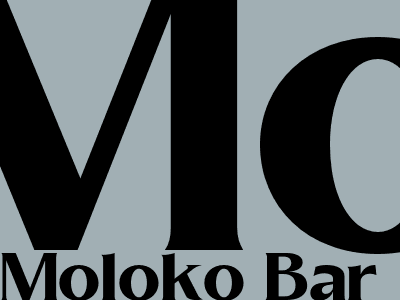A comprehensive guide to SEO for Blogger.com
Introduction
In this comprehensive guide, we will explore the best SEO practices for Blogger.com to help you improve your blog's visibility in search engine results and attract more organic traffic.
Optimizing your content
Creating high-quality content
The foundation of successful SEO is creating high-quality content that is relevant to your target audience and provides value. Focus on providing in-depth information, unique insights, and actionable advice that your readers will find helpful and informative. Regularly update your blog with fresh content to keep your audience engaged and coming back for more.
Using keywords strategically
Identify the keywords that your target audience is searching for and incorporate them naturally into your content. Use keyword research tools to find relevant keywords and phrases. Don't overuse keywords, as this can lead to your content being penalized by search engines. Instead, use them judiciously in your blog post titles, headings, meta descriptions, and throughout the content itself.
Optimizing your titles and meta descriptions
Your blog post titles and meta descriptions are crucial for attracting clicks from search engine results pages (SERPs). Create compelling titles that accurately reflect the content of your post and include your target keywords. Keep your meta descriptions within the recommended character limit and ensure they provide a clear and concise summary of your post.
Technical SEO for Blogger
Using a custom domain
Using a custom domain instead of the default Blogger subdomain can improve your blog's credibility and authority. A custom domain also allows you to create a more professional-looking URL and establish your brand.
Enabling HTTPS
HTTPS (Hypertext Transfer Protocol Secure) encrypts the connection between your blog and its visitors, protecting their data and improving your blog's security. Ensure that your blog is served over HTTPS to enhance user trust and improve your search engine rankings.
Optimizing your blog's structure
A well-structured blog with clear navigation and internal linking helps search engines understand the hierarchy of your content and improves user experience. Use header tags (H1, H2, H3, etc.) to structure your content and make it easy for both users and search engines to scan and understand your blog posts.
Promoting your blog
Building backlinks
Backlinks from reputable websites are a powerful ranking factor for SEO. Reach out to other bloggers and websites in your niche and ask them to link to your content if they find it valuable. Guest posting on other blogs is a great way to build backlinks and reach a wider audience.
Sharing your content on social media
Social media is a great way to promote your blog content and connect with your audience. Share your blog posts on social media platforms like Facebook, Twitter, and LinkedIn to reach a wider audience and drive traffic back to your blog.
Engaging with your audience
Engaging with your audience is essential for building a loyal following and encouraging them to share your content. Respond to comments, answer questions, and run contests or giveaways to keep your audience engaged and coming back for more.
Conclusion
SEO is an ongoing process that requires consistent effort and optimization. By following the best practices outlined in this guide, you can improve your blog's visibility in search engine results, attract more organic traffic, and establish your blog as an authoritative source of information in your niche.

تعليقات